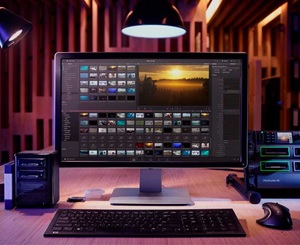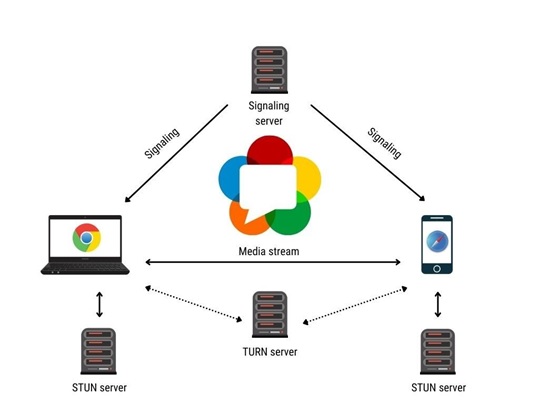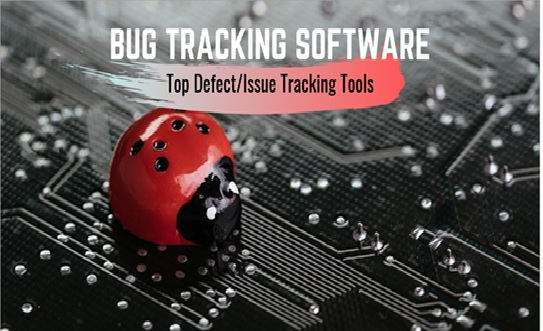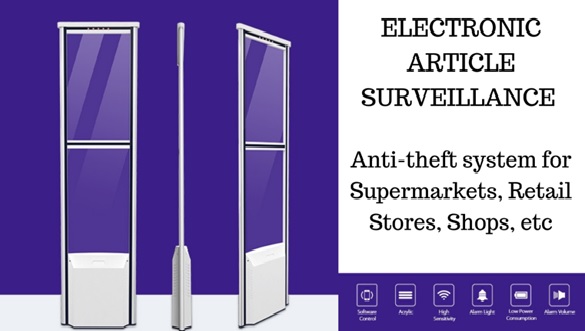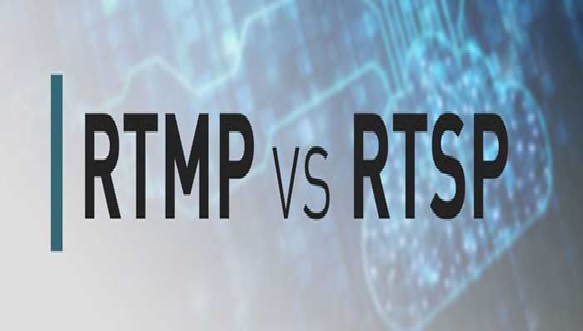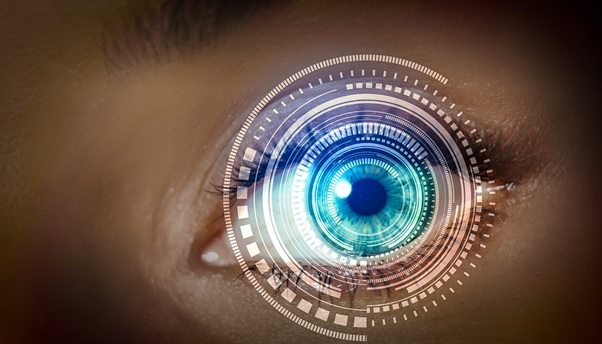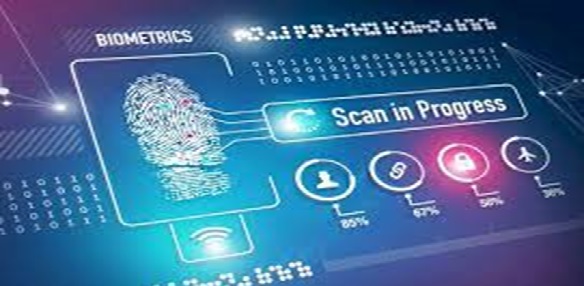Uses Of Digital Right Managements
Digital rights management (DRM) is the use of technology to control and manage access to copyrighted material. Another DRM meaning is taking control of digital content away from the person who possesses [1] it and handing it to a computer program. DRM aims to protect the copyright holder’s rights and prevents figure 1 shows below content from unauthorized distribution and modification.
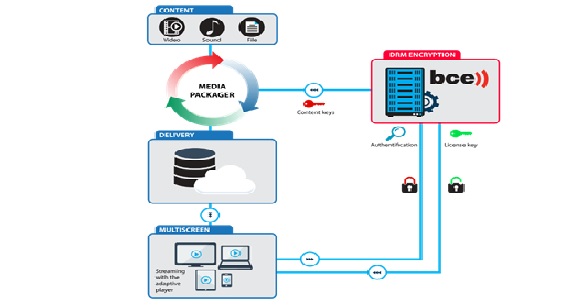
Figure 1: Digital right managements
DRM is increasingly important as digital content spreads through peer-to-peer file exchanges, torrent sites, and online piracy. It helps entertainment and media companies protect themselves from the cybersecurity challenges that all organizations face, such as protecting customer data, ensuring and demonstrating compliance, enhancing operational efficiency, and preventing downtime.
DRM enables authors, musicians, moviemakers, and other content creators to clarify and control what people can and cannot do with their content. It also allows them to protect their copyrighted material, safeguard the creative and financial investment they put into their work, and make it impossible for their media to be stolen or shared illegally. For example, they can prevent users from accessing specific assets, so they can avoid any legal issues that could come from unauthorized usage. This is crucial to protecting copyright and intellectual property.
Digital Rights Management Works
Most of the time, digital rights management includes codes that prohibit copying, or codes that limit the time or number of devices on which a certain product can be accessed.
Publishers, authors, and other content creators use an application that encrypts media, data, e-book, content, software, or [2] any other copyrighted material. Only those with the decryption keys can access the material. They can also use tools to limit or restrict what users are able to do with their materials.
- There are many ways to protect your content, software, or product. DRM allows you to
- Restrict or prevent users from editing or saving your content.
- Restrict or prevent users from sharing or forwarding your product or content.
- Restrict or prevent users from printing your content. For some, the document or artwork may only be printed up to a limited number of times.
- Disallow users from creating screenshots or screen grabs of your content.
- Set an expiry date on your document or media, after which the user will no longer be able to access it. This could also be done by limiting the number of uses that a user has. For instance, a document may be revoked after the user has listened ten times or opened and printed the PDF 20 times.
- Lock access only to certain IP addresses, locations, or devices. This means that if your media is only available to US residents, then it will not be accessible to people in other countries.
- Watermark artworks and documents in order to establish ownership and identity.
Digital Rights Management Important
While the concept of copying someone else’s idea is nothing new, the advances in modern technology make digital [3] piracy much easier. Sharing or downloading information, like video or audio, only takes a few clicks.
Not only can you make copies quickly and often for free, but it’s also easy to do so without being detected. Without digital rights management software, much of the internet’s film, music.
So, if any company is providing confidential or exclusive information to a select group of people, such as clients or paid subscribers, they must protect that information from unauthorized sharing.
References:
- https://www.fortinet.com/resources/cyberglossary/digital-rights-management-drm
- https://digitalguardian.com/blog/what-digital-rights-management
- https://brandfolder.com/blog/digital-rights-management
Cite this article:
S. Nandhinidwaraka (2021) Uses of Digital Right Managements, Anatechmaz, pp. 28



